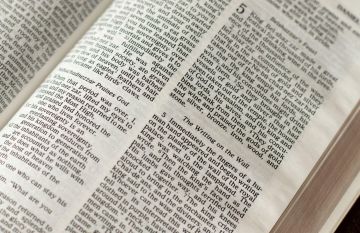Prophets Write on Walls: An Intertextual Analysis of Daniel 5 and Simon & Garfunkel’s Sound of Silence
Date : Tue 16 Apr
Time : 17:30
Room F01, Cork Road Campus, SETU Waterford
In the latest Theology in Public Square lecture, Dr Frank Bosman of Tilburg University, the Netherlands will give a public lecture on the theological and spiritual influences at play in Simon and Garfunkel's The Sound of Silence.
In 1964, the famous American music duo Simon and Garfunkel released their album The Sound of Silence, featuring one of their iconic songs with the same name. The song and its chorus ‘the sound of silence’ formulate a critical view on the cultural alienation associated with the 1960s and is one of the most well- known songs of the modern Western world. The fifth stanza of the song relates how people “bowed and prayed to the neon god they made,” and that this sign “flashed out its warning” saying that “the words on the prophets are written on the subway walls [and] in tenement halls[,] whispered in the sound of silence.”
This somewhat cryptic line is a reference to the famous oracle in Daniel 5:5, where a disembodied finger wrote on a wall of king Belshazzar’s palace the words mene mene tekel upharsin. The prophet Daniel was able to explain this riddle, by prophesizing that the king would soon be dethroned. This scene was solidified in the English language as the phrase ‘the writing on the wall,’ usually an expression of bad luck in the foreseeable future. If “the words of the prophets” from ‘the Sound of Silence’ is indeed an intertextual reference to Daniel 5’s ominous prophecy, questions arise. Who are these modern-day prophets writing on “subway walls and tenements halls”? And whose end do they prophesize?
In this lecture, Dr Frank Bosman will deal with these and other related questions regarding old prophecies and their relevance for the future of modern-day Europe.


